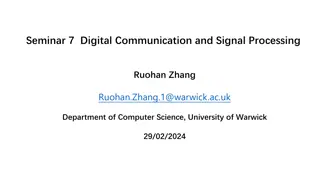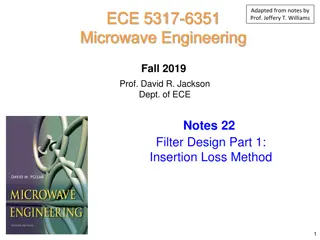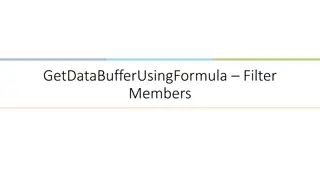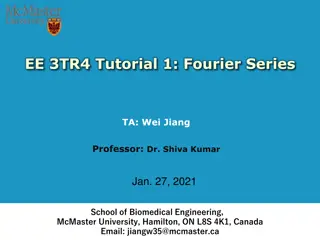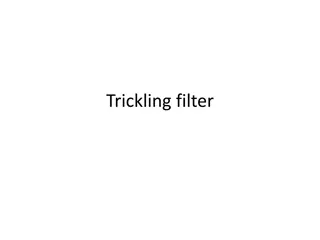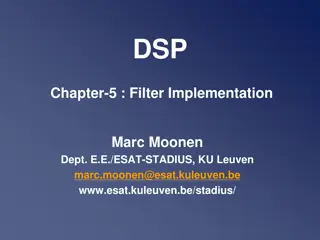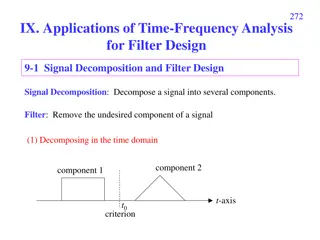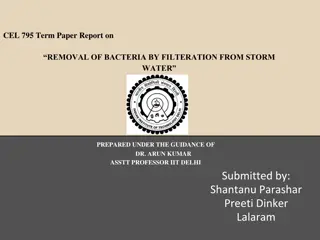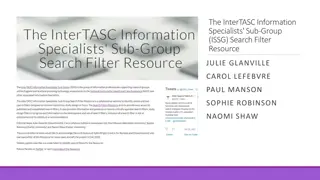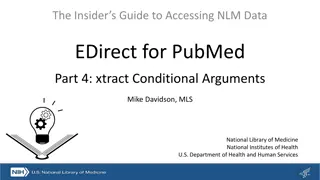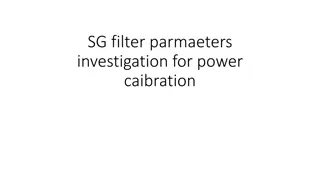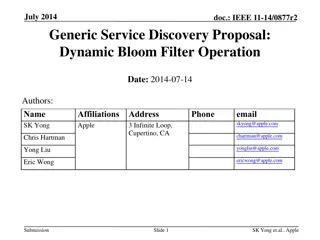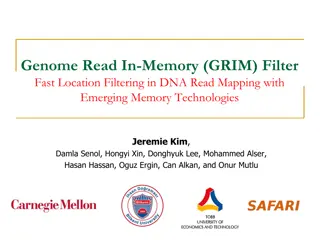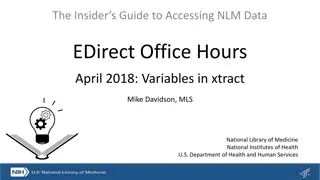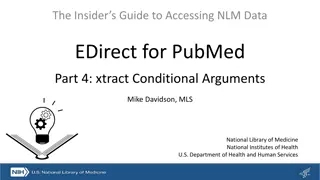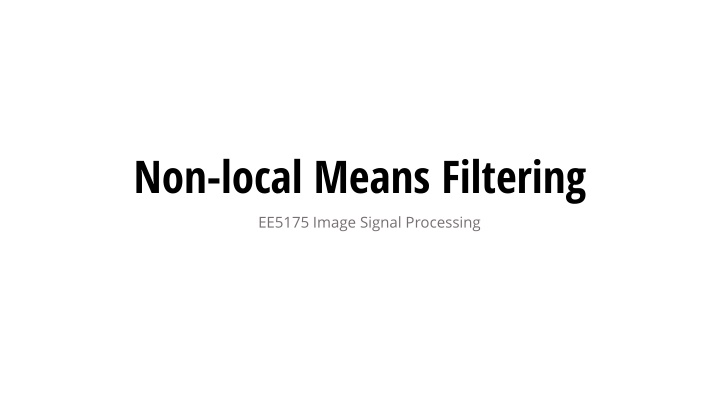
Image Signal Processing Techniques Overview
Learn about various image signal processing techniques such as mean filtering, Gaussian filtering, and non-local means filtering. Understand how these methods work to enhance or denoise images efficiently in the field of signal processing.
Download Presentation

Please find below an Image/Link to download the presentation.
The content on the website is provided AS IS for your information and personal use only. It may not be sold, licensed, or shared on other websites without obtaining consent from the author. If you encounter any issues during the download, it is possible that the publisher has removed the file from their server.
You are allowed to download the files provided on this website for personal or commercial use, subject to the condition that they are used lawfully. All files are the property of their respective owners.
The content on the website is provided AS IS for your information and personal use only. It may not be sold, licensed, or shared on other websites without obtaining consent from the author.
E N D
Presentation Transcript
Non-local Means Filtering EE5175 Image Signal Processing
Mean filtering Each output pixel is the average of intensities present in a neighbourhood around the corresponding input pixel Box function Normalization acts as averaging here
Mean filtering depends only on the pixel location Takes into account all pixels q which are inside a box radius with p as centre Choose q only within W-box radius around p
Mean filtering Box radius Box dimensions All ones filter (before normalizing)
Gaussian filtering Each output pixel is the Gaussian weighted average of intensities centred around the corresponding input pixel Gaussian weighting Normalization
Gaussian filtering Each output pixel is the Gaussian weighted average of intensities present in a neighbourhood around the corresponding input pixel Weight based on spatial distance between p and q Choose q only within W-box radius around p
Gaussian filtering Box radius Box dimensions Gaussian filter
Mean and Gaussian filters Operate in the same manner irrespective of image intensities Only depend on spatial locations around a pixel Cause space invariant blur Useful to model optical lens blur (defocus blur) Bad for applications such as denoising Do not care about edges
Denoising additive Gaussian noise Noisy image Mean filter Gaussian filter
Non-local means (NLM) filter Averages pixels that have similar neighbourhoods If neighbourhood of p looks similar to neighbourhood of q, give higher weight Gaussian weighting based on difference in image intensities The weight depends on image intensities Normalization
Non-local means (NLM) filter Weighs neighbour pixels that have similar neighbourhoods Similarity weight based on intensities of neighbourhood around p and q Choose q only within W-box radius around p
Non-local means (NLM) filter Search neighbourhood If W covers the whole image, then each output pixel depends on input pixels at any location non-local Higher weight looks similar to p Similarity neighbourhood Lower weight
Non-local means (NLM) filter A A B B Mean and Gaussian filtering Non local means filtering Filters (kernels) at A and B are same Filters (kernels) at A and B are different Convolution can be used Convolution cannot be used
Non-local means (NLM) filter Operates based on image intensities Specifically, based on image neighbourhood around a pixel Causes space variant blur Good for applications such as denoising Preserves edges
Denoising Noisy image Non local means filter Mean filter Gaussian filter



